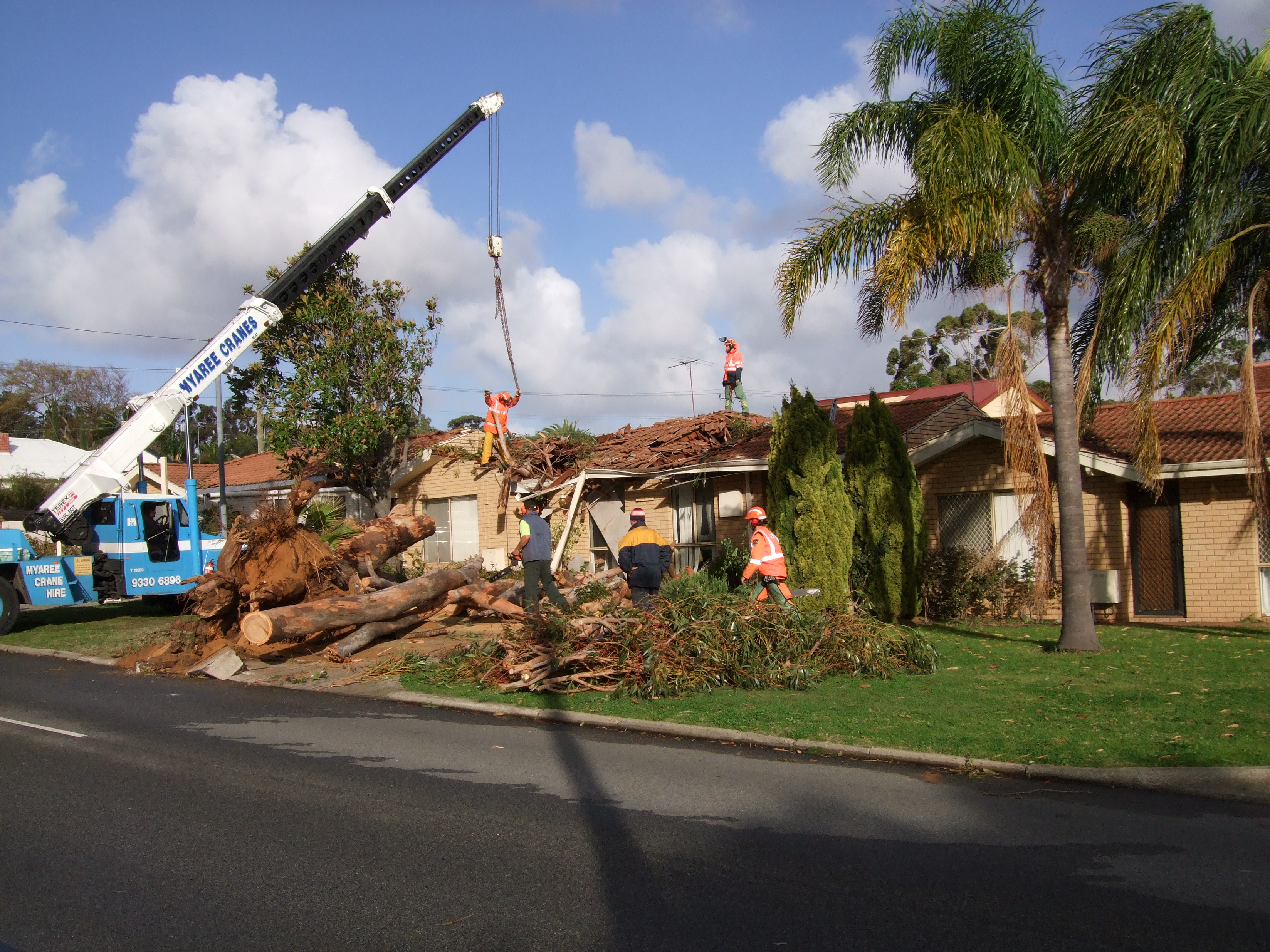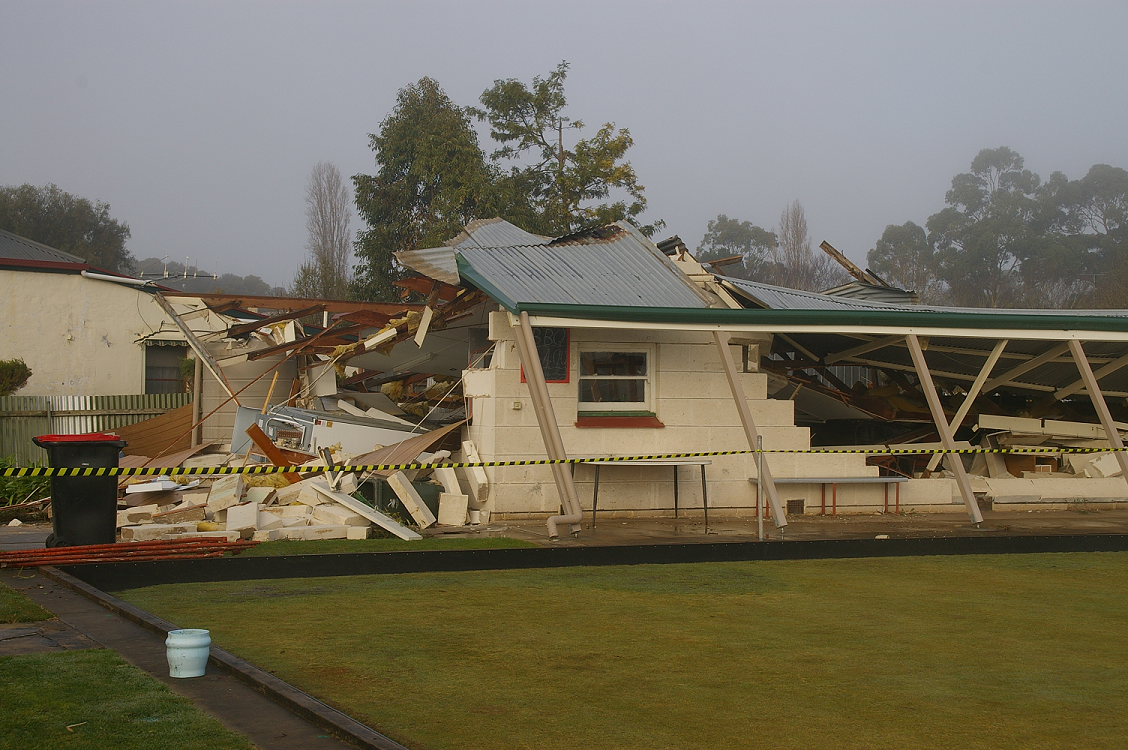Cool-season tornadoes
26 July 2016
You might think that tornadoes only occur with summertime thunderstorms. In fact, southern parts of Australia can experience tornadoes all year round.
In the cooler months, the weather in southern Australia is characterised by bursts of wind and rain from cold fronts sweeping up from the Southern Ocean, followed by periods of relatively calm weather under the influence of high-pressure systems.
Occasionally, these cold fronts will bring short bursts of intense and violent weather in the form of tornadoes. These tornadoes generally occur between the months of May and September, and affect many parts of southern Australia.
Known by meteorologists as ‘coldies’ these tornadoes live by the creed ‘live fast and die young’. Unlike the tornadoes of the United States which can exist for hours, travel hundreds of kilometres and occur mostly during the warmer months, coldies form and collapse in the space of about 10–30 minutes.
They consist of rotating columns of air that move across the ground at 50–80 km/h, with typical damage paths being anything from less than a kilometre to several kilometres long and very narrow. Often they are only 20–50 m wide, but sometimes can be 100–150 m wide.
The damage they can create along that line can be devastating though, with insurance losses from some coldies running into millions of dollars.

Tornado damage in Palmyra, Perth, 18 July 2008
On 16 May 2005, there were insured losses of $50 million after a tornado moved through the Perth suburb of Bicton.
On 22 September 1993, a tornado in Mandurah (also in Western Australia) demolished eight houses and damaged another hundred. On 31 July 2010, a tornado tore through the town of Penola in southeast South Australia, crossing the town in just one minute and damaging more than 40 buildings along the way.
In southwest WA alone, there are 5–6 reports of tornadoes each cool season, but the true number across the whole of southern Australia is likely to be much higher. There have been occasions when multiple tornadoes have occurred on the one day.

Damage to Penola Bowls Club following a tornado 31 July 2010
While Bureau forecasters can identify broad areas in which there is potential for these cool-season tornadoes to form, the very localised and short-lived nature of these systems makes it hard for us to predict exactly where they are going to occur. They can even be difficult to identify on radar, due to their small size.
The ingredients for a cool season tornado to form can be found within the broad air movements associated with a cold front, but things need to be just right for one to form.
The three key factors are:
- low-level wind shear (the change of wind speed and/or wind direction between the ground and around 1 km above the earth's surface);
- capacity of the atmosphere to support deep vertical development of cloud; and
- a lifting mechanism, usually a cold front, to initiate cloud development.
If all of these conditions exist at the same time in the same place, then there is a chance that a cool-season tornado will form.
Keep an eye out for warnings and advice about severe weather expected in your State or Territory at www.bom.gov.au/australia/warnings/index.shtml.




Comment. Tell us what you think of this article.
Share. Tell others.